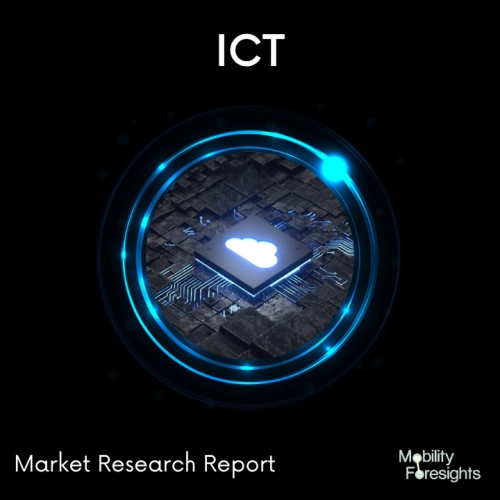
- Get in Touch with Us

Last Updated: Apr 25, 2025 | Study Period: 2023-2030
HPC platforms are powerful computer systems that are used to solve challenging scientific and technical challenges. Financial modeling, weather forecasting, drug research and development, and oil and gas exploration are all common uses for HPC platforms. HPC platforms make huge dataset computing and analysis faster and more efficient.
High-performance servers, storage systems, and networking components are common components of HPC platforms. Servers are often equipped with several processors and substantial quantities of RAM to support the massive computational workloads of HPC applications.
The storage systems provide the data storage capacity required for HPC applications. Networking components such as routers, switches, and cables are required to connect all components and allow them to communicate with one another.
HPC platforms are also capable of parallel computing, which allows for the execution of numerous tasks on separate processors at the same time. This has the potential to significantly increase the speed and efficiency of HPC applications. HPC platforms can also be used to construct virtual machines, allowing several operating systems to run on the same hardware.
Businesses and organizations of all sizes are increasingly using HPC platforms to solve challenging business and scientific problems. HPC platforms are becoming more affordable and accessible, making them a viable alternative for businesses of all sizes.

The Global High-performance computing (HPC) platforms market accounted for $XX Billion in 2022 and is anticipated to reach $XX Billion by 2030, registering a CAGR of XX% from 2023 to 2030.
The introduction of new product launches in the field of HPC platforms has become commonplace in recent years, with vendors offering innovative solutions for organizations to increase their computing capacity.
The most recently released products are designed to take advantage of the latest hardware and software technologies, delivering superior performance and scalability. These products range from multi-core processors to high-performance storage systems and software-defined networking solutions.
One of the most popular products to be released recently is the Intel Xeon Scalable processor. This processor is designed for workloads that require high-end performance and scalability, such as big data analytics, machine learning, and artificial intelligence.
It offers an impressive performance boost compared to previous generations of HPC products, making it an ideal choice for organizations looking to take advantage of the latest technologies.
Another important product is the NVIDIA DGX-1 AI supercomputer. This system is powered by the latest NVIDIA Volta GPU architecture, which offers unparalleled performance and scalability. This system is ideal for organizations looking to run deep learning and AI workloads.
Finally, companies are also introducing software-defined networking solutions, such as Cisco ACI. This solution helps organizations quickly and securely deploy advanced networking solutions, allowing them to take advantage of the latest technologies.
Overall, these new products are helping to drive the evolution of HPC platforms. With more powerful hardware and software solutions being released, organizations are able to take advantage of the latest technologies and stay ahead of the competition.
| Sl no | Topic |
| 1 | Market Segmentation |
| 2 | Scope of the report |
| 3 | Abbreviations |
| 4 | Research Methodology |
| 5 | Executive Summary |
| 6 | Introduction |
| 7 | Insights from Industry stakeholders |
| 8 | Cost breakdown of Product by sub-components and average profit margin |
| 9 | Disruptive innovation in theIndustry |
| 10 | Technology trends in the Industry |
| 11 | Consumer trends in the industry |
| 12 | Recent Production Milestones |
| 13 | Component Manufacturing in US, EU and China |
| 14 | COVID-19 impact on overall market |
| 15 | COVID-19 impact on Production of components |
| 16 | COVID-19 impact on Point of sale |
| 17 | Market Segmentation, Dynamics and Forecast by Geography, 2023-2030 |
| 18 | Market Segmentation, Dynamics and Forecast by Product Type, 2023-2030 |
| 19 | Market Segmentation, Dynamics and Forecast by Application, 2023-2030 |
| 20 | Market Segmentation, Dynamics and Forecast by End use, 2023-2030 |
| 21 | Product installation rate by OEM, 2023 |
| 22 | Incline/Decline in Average B-2-B selling price in past 5 years |
| 23 | Competition from substitute products |
| 24 | Gross margin and average profitability of suppliers |
| 25 | New product development in past 12 months |
| 26 | M&A in past 12 months |
| 27 | Growth strategy of leading players |
| 28 | Market share of vendors, 2023 |
| 29 | Company Profiles |
| 30 | Unmet needs and opportunity for new suppliers |
| 31 | Conclusion |
| 32 | Appendix |